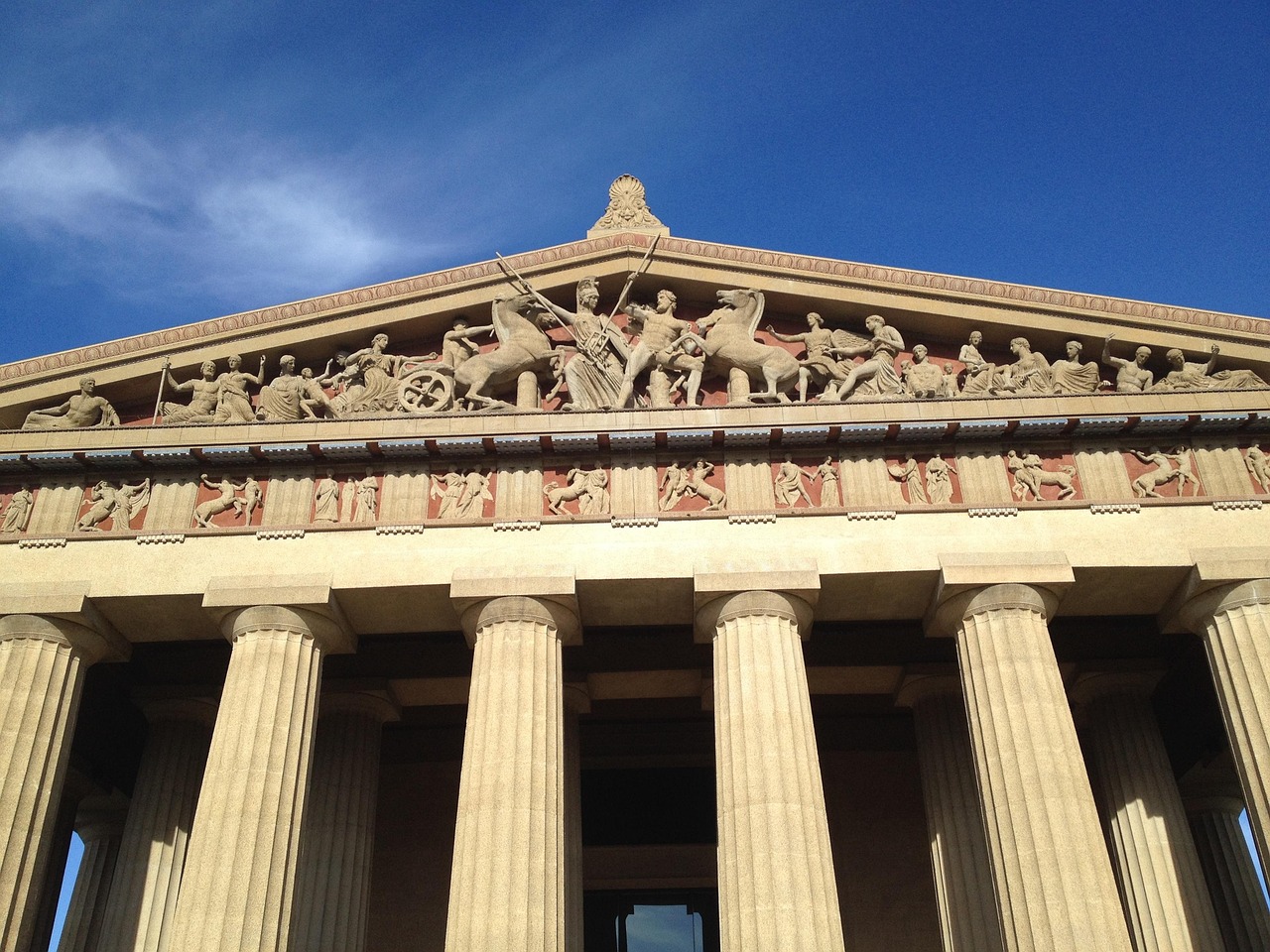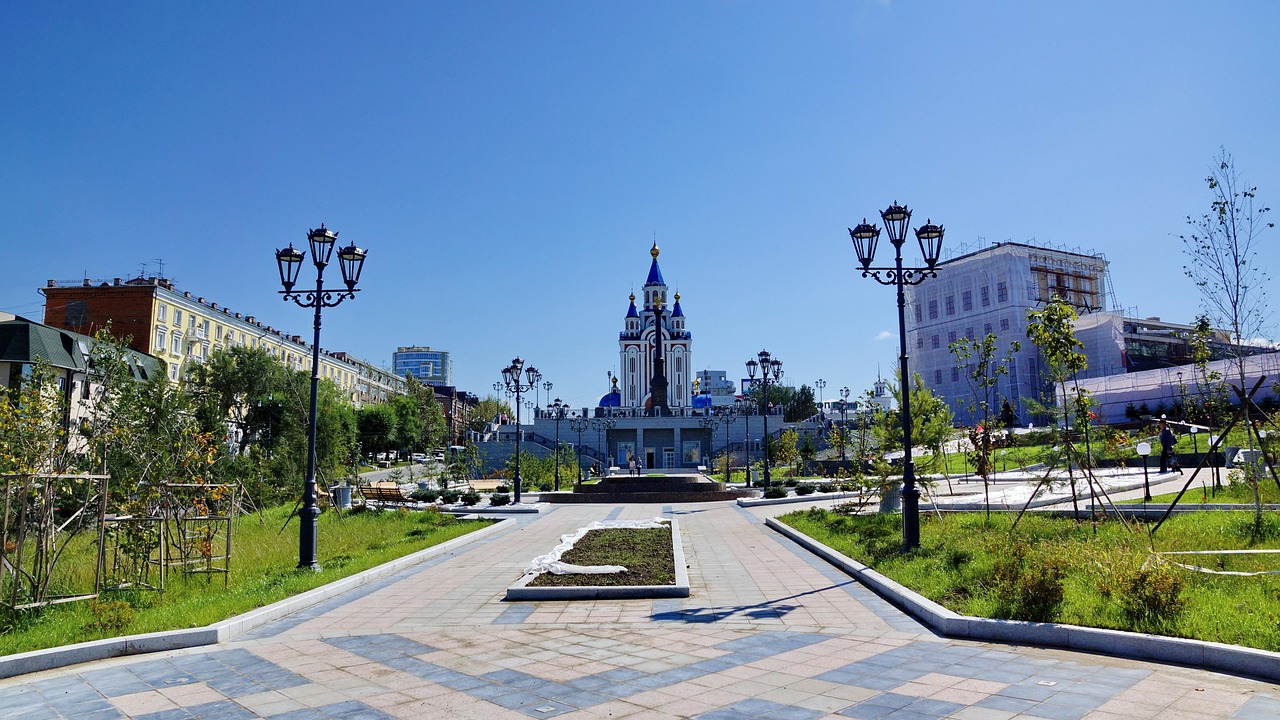The article "Exploring the Rich Tapestry of Chinese Culture: An English Perspective" delves into the diverse and vibrant aspects of Chinese culture from the viewpoint of an English observer. It highlights the complexity and richness of traditions, history, and contemporary practices that make up the Chinese cultural landscape. The piece aims to provide an outsider's perspective on the unique elements that contribute to the tapestry of Chinese society, such as language, cuisine, art, and festivals. By examining these facets, the article seeks to foster a deeper understanding and appreciation for Chinese culture among English-speaking audiences.
Introduction
China, a country with a history spanning over five millennia, is a land of profound cultural depth and diversity. The Chinese culture is a mosaic of various elements, including language, art, philosophy, cuisine, and traditions, which have evolved over centuries and continue to shape the identity of the Chinese people. This article aims to provide an English-speaking audience with an insight into the rich tapestry of Chinese culture, highlighting its enduring legacy and contemporary relevance.
The Language: A Gateway to Chinese Culture
The Chinese language, with its distinct characters and tonal system, is a fundamental aspect of Chinese culture. It is not only a means of communication but also a carrier of cultural values and history. The written form of the language, which dates back to the Oracle Bone Script (甲骨文), has evolved through various stages, including Seal Script (篆书), Clerical Script (隶书), Regular Script (楷书), and Running Script (行书), among others. Each script reflects the aesthetic and philosophical ideas of its time, making the study of Chinese characters an exploration of the country's cultural heritage.
Philosophical Foundations: Confucianism, Taoism, and Buddhism
The philosophical underpinnings of Chinese culture are primarily Confucianism, Taoism, and Buddhism. Confucianism, founded by Confucius (孔子) in the 6th century BCE, emphasizes moral integrity, social harmony, and the importance of education. It has profoundly influenced Chinese society, shaping its family structures, social hierarchies, and governance. Taoism, on the other hand, advocates for living in harmony with the Tao, or the natural way of the universe. It encourages simplicity, humility, and a return to nature. Buddhism, which originated in India and was introduced to China in the 1st century CE, teaches the path to enlightenment and the cessation of suffering through understanding the nature of existence.
Art and Literature: A Reflection of Chinese Aesthetics
Chinese art and literature are renowned for their elegance and subtlety. Traditional Chinese painting, known as Guohua (国画), often features landscapes, flowers, birds, and figures, with an emphasis on the expressive use of brushwork and ink. Calligraphy, the art of writing characters, is considered a high form of artistic expression, reflecting the calligrapher's character and emotional state. Chinese literature is vast, with classics such as the "I Ching" (易经), "The Analects" (论语), and "Journey to the West" (西游记) offering profound insights into Chinese thought and storytelling.
Performing Arts: Opera, Dance, and Music
The performing arts in China are a vibrant expression of the country's cultural heritage. Peking Opera (京剧), with its elaborate costumes, stylized makeup, and acrobatic movements, is a fusion of music, dance, and drama. Traditional Chinese dance, such as the fan dance and dragon dance, is characterized by its grace and symbolism. Chinese music, played on instruments like the guqin (古琴), erhu (二胡), and pipa (琵琶), is known for its melodic beauty and the emotional depth it conveys.
Cuisine: A Culinary Journey Through China
Chinese cuisine is as diverse as the country itself, with each region offering its unique flavors and dishes. Sichuan cuisine is famous for its spicy flavors, while Cantonese cuisine is known for its light and fresh seafood. The art of tea, or "cha dao" (茶道), is an integral part of Chinese culture, with tea ceremonies being a meditative practice that reflects the principles of harmony, respect, purity, and tranquility. Chinese food is not just about taste; it's about the balance of flavors, the presentation, and the social aspect of sharing a meal.
Festivals and Celebrations: A Time to Honor Tradition
Chinese festivals and celebrations are a testament to the country's rich cultural traditions. The Spring Festival, or Chinese New Year, is the most significant festival, marking the beginning of a new year on the lunar calendar. It is a time for family reunions, feasting, and the exchange of red envelopes filled with money, symbolizing good luck and prosperity. Other festivals include the Lantern Festival, Dragon Boat Festival, and Mid-Autumn Festival, each with its own customs and significance.
Architecture: The Harmony of Man and Nature
Chinese architecture is characterized by its harmony with nature and its use of traditional materials like wood, stone, and brick. The Forbidden City in Beijing is a prime example of imperial architecture, with its symmetrical layout and intricate details. Temples, pagodas, and gardens are designed to blend with the landscape, creating a sense of tranquility and balance. The Great Wall, a symbol of China's historical resilience, stretches over 13,000 miles and is an architectural marvel that has stood the test of time.
Modern China: The Fusion of Old and New
Contemporary Chinese culture is a fascinating blend of tradition and modernity. Cities like Shanghai and Shenzhen are hubs of innovation and technology, while still preserving their cultural roots. The younger generation is embracing new forms of expression, such as pop music, contemporary art, and digital media, while still respecting and celebrating their cultural heritage. This fusion creates a dynamic cultural landscape that is both rooted in the past and looking towards the future.
Conclusion
Chinese culture is a complex and multifaceted entity that has captivated the world for centuries. Its enduring values, artistic expressions, and philosophical insights continue to influence and inspire. As the world becomes more interconnected, understanding and appreciating the richness of Chinese culture becomes increasingly important. This article has only scratched the surface of the vast ocean that is Chinese culture, but it is hoped that it provides a glimpse into the heart of a civilization that has thrived for millennia.





 京公网安备11000000000001号
京公网安备11000000000001号 京ICP备18057566号-3
京ICP备18057566号-3